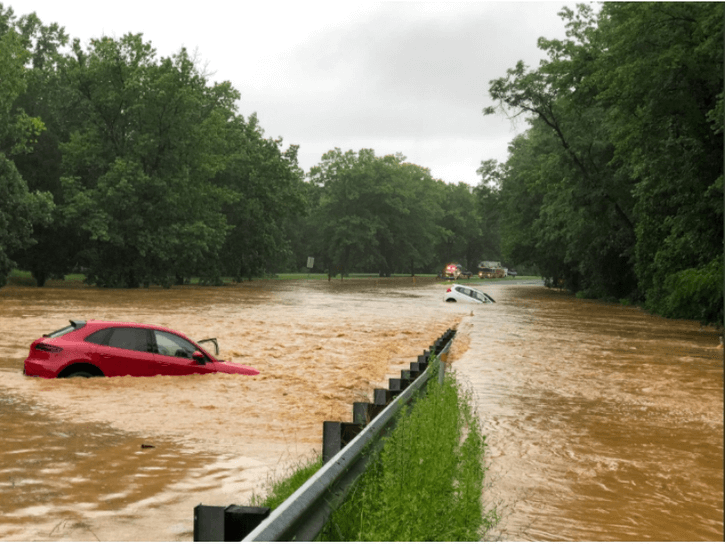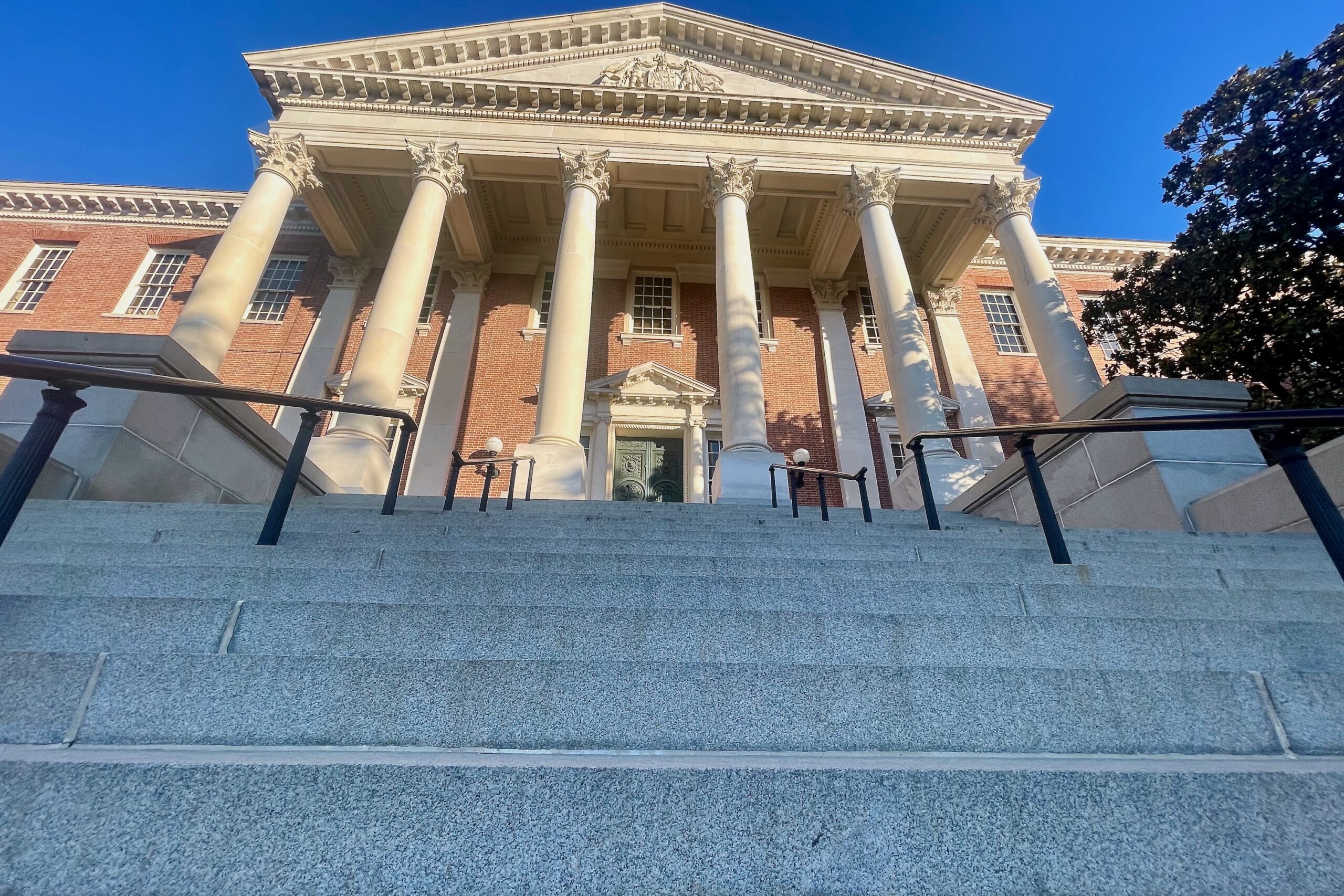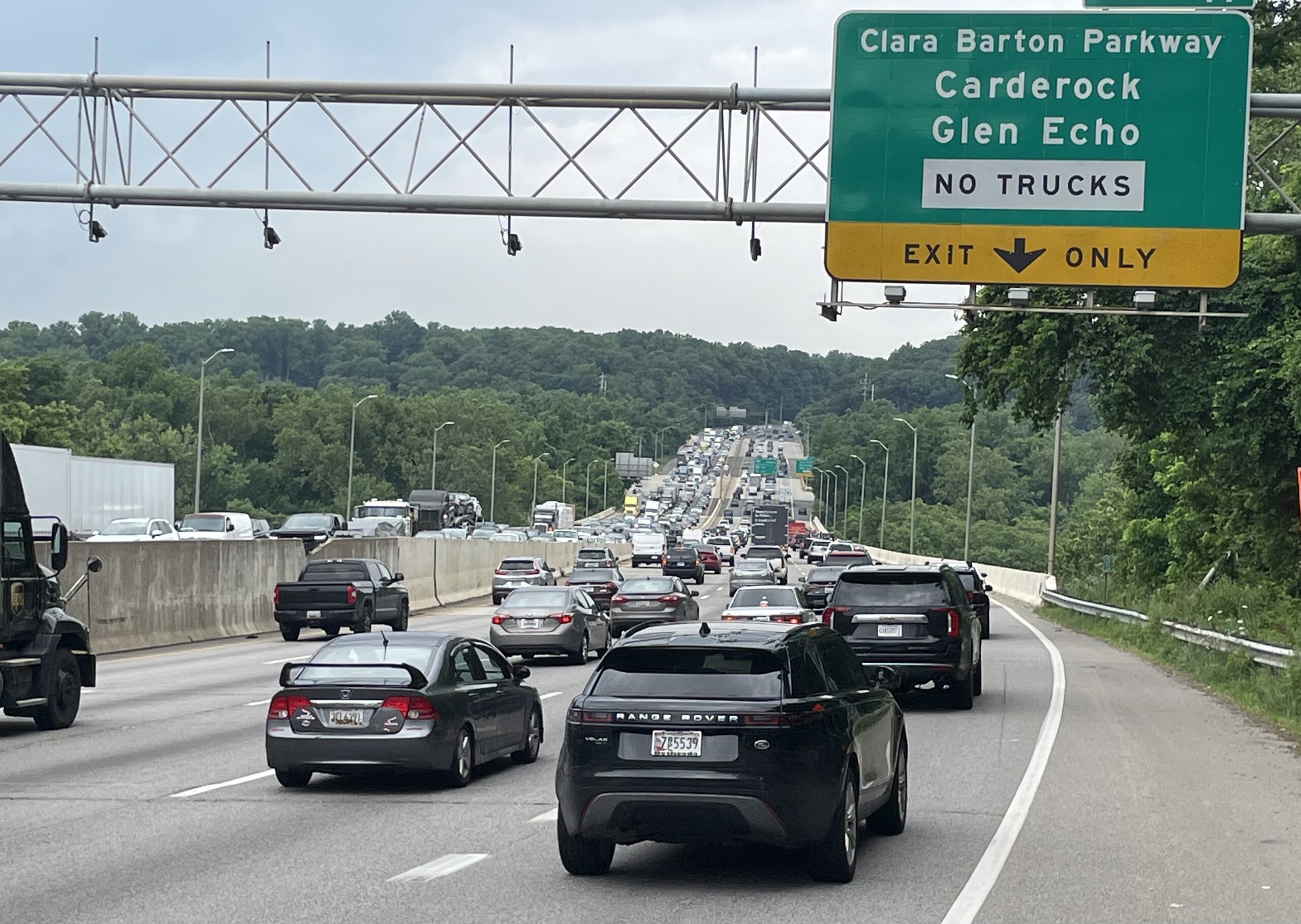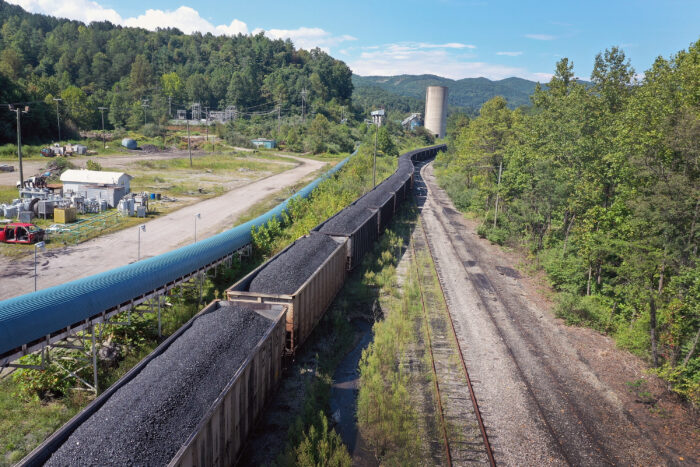House-Senate Divisions Killed Climate Bill But It Should Have a Second Life in 2022

During a legislative session dominated by coronavirus relief and confronting systemic inequities, General Assembly Democrats splintered over major climate change legislation, which eventually led to its collapse on the night of Sine Die.
Despite a major push from environmental advocates and increasing attention on climate change by lawmakers, why did the Climate Solutions Now Act of 2021 become such a source of contention and what does it mean for future climate policy in Maryland?
What happened?
When the bill was first introduced in January, the chief sponsors — Sen. Paul G. Pinsky (D-Prince George’s) and Del. Dana L. Stein (D-Baltimore County) — appeared to be on the same page. Both are known as environmental leaders in the General Assembly and recognized the urgent need to address the climate emergency.
But it was not until the House proposed a spate of amendments three weeks after the bill passed the Senate that it became clear the House and Senate Democrats had different ideas about how to address climate change in Maryland.
Senators called for a greater greenhouse gas reduction goal — 60% reduction from 2006 levels by 2030 — energy efficient building codes and net-zero school buildings, while House lawmakers lowered the greenhouse gas reduction goal, altered the green construction provisions and changed the funding streams, contending that the Senate version was unrealistic and hurt poor people.
Both sides agreed on provisions to plant 5 million trees and electrify the state-owned fleet and buses, which were mostly salvaged in two other bills. In the last week of the legislative session, Pinsky tacked the entire portion of his legislation calling for 5 million tree plantings onto a House bill that deals with forest conservation and renamed it the “Tree Solutions Now Act of 2021.” A bill that requires the Maryland Transit Administration to purchase more zero-emission buses also included some portions of Pinsky’s climate proposal and made it to the governor’s desk.
Pinsky, the chairman of the Senate Education, Health and Environmental Affairs Committee, contends that there could have been enough time to work through the discrepancies between the two different climate bills, if only the House had only been more forthcoming about their proposed changes earlier on. He said he did not have much warning about the House changes to the original legislation.
“The House was not interested in negotiating — they never were,” Pinsky said in an interview. During the time “the Senate version sat in [the House committee], [the House] could have called and said ‘it’s not acceptable, can we find any middle ground?’ There was absolutely zero effort [to negotiate],” Pinsky said.
The House sent the amended bill back to the Senate two days before Sine Die. A conference committee was set up Monday evening and a few hours before the clock struck midnight, Pinsky proposed a counteroffer but the House did not accept it.
When asked why the House did not talk about the House amendments with the Senate earlier, Del. Kumar P. Barve (D-Montgomery), the chair of the Environment and Transportation committee, said there were other bills to deal with.
“There’s just so much work you can do in a given day and when you have a public hearing that goes until 8, you’re just burned out,” Barve said. “During these 90 day sessions, there’s a crisis every two days…a fire you have to put out every two days.”
However, Stein, the House sponsor of the bill, said that a week before presenting the amendments to his committee, he reached out to Pinsky to inform him of the changes.
Stein also disagreed with suggestions that the House was intentionally slow-walking the bill, as there had to be time for two House committees to review the exhaustive 60-page measure. But “it’s possible a discussion could have happened earlier,” Stein conceded.
Stein also argues that the assertion that the House “gutted” the bill is false. “It’s completely unfair to say we cut out 80% of the bill. I would say more we left in 80% — a substantial majority of the of the text and provisions were kept in the bill,” he said.
The House retained the tree plantings and state fleet electrification sections of the original bill.
What happened with Climate Solutions Now speaks to the larger dysfunction between the House and Senate, which was most evident this session on police reform, Sen. Edward R. Reilly (R-Anne Arundel), who voted in favor of the Senate version of the bill, said in an interview.
“The interaction between the Senate and the House Democrats was contentious and fairly easy to identify,” Reilly said. “It was that same tenor through a number of bills that occurred — the House and the Senate Democrats were not on the same page on a whole lot of issues, including the climate change bill.”
Barve agreed. “The House and the Senate had a fundamental disagreement,” he said. “The difference of opinion…is sort of like the difference between Biden and Bernie.”
Was it better to pass no bill than something?
In the end, Pinsky said he would rather let the Climate Solutions Now Act die than let a bad bill pass. In December, the Maryland Department of the Environment committed to reaching 50% emission reductions by 2030. And two major sections of the Climate Solutions Now bill were salvaged on Sine Die.
If passed, the House-amended bill would have set the momentum backwards for an aggressive climate action plan next year because people would have argued that the legislature had already dealt with climate change, Pinsky contended. “I would have called it a Pyrrhic victory,” Pinsky said.
Pinsky said he hopes for a bigger effort next year. “I’m fairly optimistic; I think the public wants something to be done,” he said.
But Del. David Fraser-Hidalgo (D-Montgomery), a member of the Environment and Transportation committee and a leading environmentalist, said he thinks it would have been better to pass something rather than nothing at all. He said his bill, which would have required more zero-emission vehicles in the state fleet, moved late because lawmakers were under the impression that Climate Solutions Now, which included those provisions, would pass.
“It’s disappointing to me because in the end, Maryland suffers,” he said. “One bill may have been better than the other, but in the end, both bills were good bills, and the fact that we didn’t pass either one of them is disheartening.”
The legislature has been set up to make and change law in a very deliberative and slow manner, but climate change requires the opposite of that, Fraser-Hidalgo contended. “We don’t have that kind of time right now,” he said.
Still, there is something to be said about how far Climate Solutions Now got, advocates say. “This is major legislation that we’re talking about, and this was the first time that it got introduced like this and look how far we got in the conversation,” said Alice Wilkerson, executive director of Strong Future Maryland, an advocacy group that lobbied for the bill. “I think it’s a big deal that we got to a place where we almost passed the bill.”
There were also other environmental wins, such as a consequential bill that would require the Public Service Commission — which regulates the state’s gas, electric and water utilities and signs off on new power plant construction — to consider climate impacts in its decisions, which made it through both chambers.
Furthermore, a bill that removed black liquor from the state’s top renewable energy tier under the state’s renewable energy portfolio standard (RPS) and a bill to add more geothermal heating and cooling systems into the RPS also reached the governor’s desk.
What does it mean for climate policy in Maryland in the future?
It is possible that climate change was pushed to the back burner due to mounting pressures to enact police reforms and address economic pitfalls brought by the COVID-19 pandemic this legislative session.
Regardless, there needs to be more leadership and a higher sense of urgency from the presiding officers if the state wants to see effective climate legislation pass, advocates say. That’s what it took for far-reaching measures such as the Blueprint for Maryland’s Future and police reform, said Josh Tulkin, director of Maryland Sierra Club.
Although the legislature prioritized justice this year, leaders did not talk about the environment as an urgent issue of justice even though environmental justice is a large component of climate change, Tulkin continued.
In a situation where lawmakers are ideologically split on how to address climate change, strong leadership from the governor’s office might have been critical in brokering a policy approach that everyone can support, Wilkerson said.
In other words, having another party at the table can help bridge the gap in the Democrats’ philosophical differences on climate change, and the direction that state climate policies goes in the future will partially depend on who becomes governor in 2022, Wilkerson continued.
Strong Future Maryland is headed by John B. King Jr., a former secretary of Education under President Obama who announced on Tuesday morning that he is running for governor next year.
Additionally, the depths of grass-roots support and advocacy around climate change was noticeably strong and unified this year, and this level of enthusiasm is likely to remain in the future, Wilkerson said. Meanwhile, lawmakers will have the interim to work out their differences.
Pinsky said that while he plans to regroup with climate activists, Senate President Bill Ferguson (D-Baltimore City) and Speaker of the House Adrienne A. Jones (D-Baltimore County) also need to have a “serious conversation” about climate change.
“I hope cooler heads can prevail and that there’s not such a ‘take it or leave it’ attitude and that over the interim, the advocates, the leadership, the two chambers can make some headway,” Pinsky said.
Barve said he is committed to getting closer to the Senate position and will reevaluate the building provisions they fought over “with a fine tooth comb.” He said he will also look into advances in technology and changes in the federal stimulus package and create a workgroup to study climate change.
Instead of introducing one sweeping climate measure next year, two or three separate bills might be more practical, Barve said.
Moving forward, pointing fingers over why the Climate Solutions Now Act failed this year will not be productive, Stein, the House sponsor of the bill, said.
“In the end, the focus will be on trying to pass a bill next year and doing the blame game won’t be helpful in that process,” he said.




 Creative Commons Attribution
Creative Commons Attribution